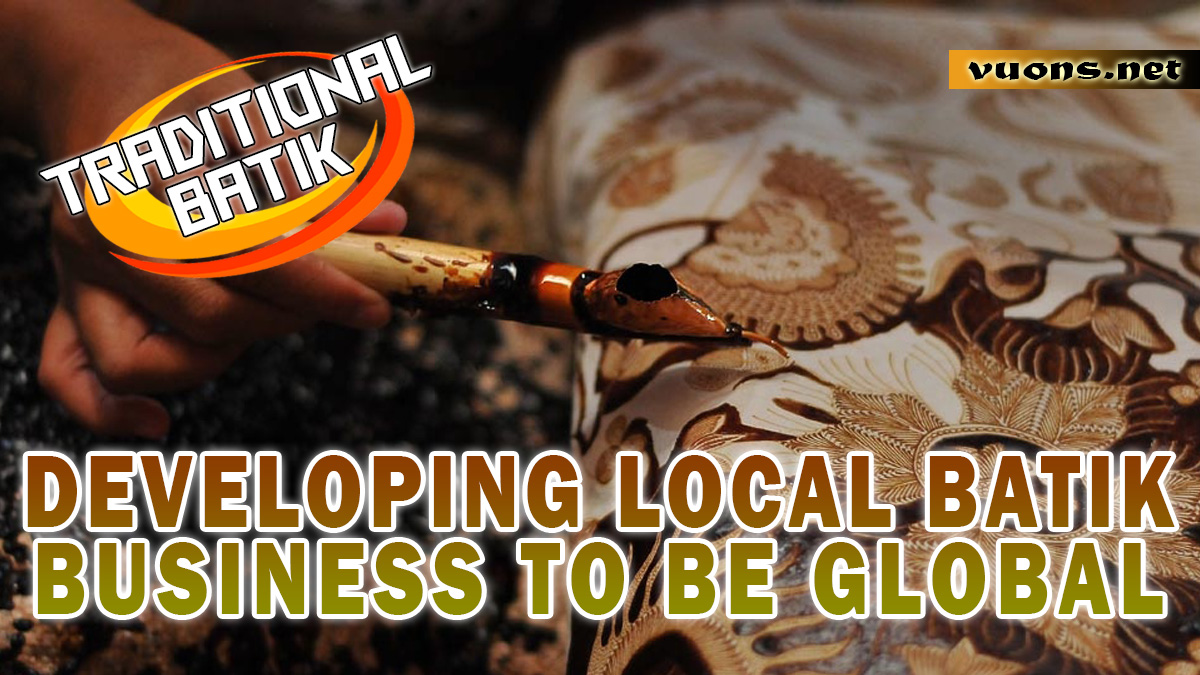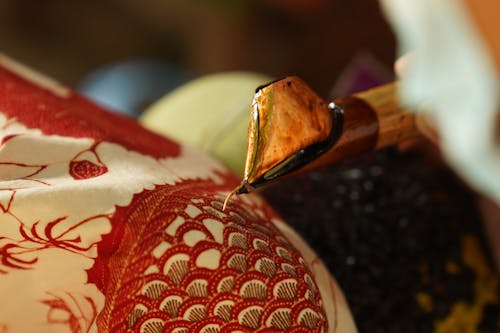Creative Innovation in a Profitable Batik Business
Understanding the Market: Consumer Trends and Preferences
In running a batik Business, one of the keys to success is understanding the market, including trends and consumer preferences. It is important to continue to follow developments and changes that occur in the market so that the batik products offered remain relevant and in demand.
Understanding market trends means knowing what is popular and what consumers are looking for. Trends can be influenced by various factors, such as seasons, pop culture, and global fashion movements. For example, batik motifs with a modern touch or brighter color combinations may become more popular among the younger generation who are always looking for something new and different.
Consumer preferences are also very important to pay attention to. Each market segment has different wants and needs. The younger generation may be more interested in modern and funky batik designs, while older consumers may prefer classic and elegant traditional motifs. Apart from that, there are also international markets that may have different preferences compared to local markets. Therefore, conducting regular market research is a step that cannot be ignored.
One effective way to understand consumer trends and preferences is to utilize social media and other online platforms. By observing what consumers are talking about and sharing, batik entrepreneurs can gain valuable insight into what is currently in demand. Apart from that, conducting direct surveys with consumers can also provide more specific information about their needs and wants.
Attending exhibitions or bazaars can also help batik entrepreneurs understand the market. Interacting directly with consumers provides the opportunity to get honest input and feedback regarding the products offered. From here, entrepreneurs can make the necessary adjustments and innovations so that their batik products remain attractive and in line with market desires.
Utilization of Social Media for Batik Marketing
Social media has become a very effective tool for marketing, including in the batik business. With its wide reach and ability to interact directly with consumers, social media platforms offer a great opportunity to introduce and promote batik products.
Utilizing social media in batik marketing starts with choosing the right platform. Instagram, with its strong visual features, is ideal for showcasing attractive batik designs. High-quality photos and videos of batik products, as well as the stories behind the creation and design process, can capture the attention of audiences and increase their interest. Additionally, Instagram Stories and Reels can be used to share more dynamic and interactive content.
Facebook is also an important platform for reaching a wider audience. With features like business pages and paid advertising, batik entrepreneurs can organize targeted marketing campaigns. Creating informative pages with regular updates about products, promotions, and events can help build strong relationships with customers.
Additionally, TikTok has become a very popular platform for the younger generation, offering a creative way to market batik. Short videos showing the batik making process or different fashion styles can attract attention and build buzz around the brand.
Social media also allows batik entrepreneurs to interact directly with customers through comments, messages and reviews. Fast responses and good customer service can increase customer satisfaction and encourage brand loyalty.
Lastly, utilizing influencers and collaborating with local artists or designers can expand marketing reach. Relevant influencers can help promote batik products to their audience, increasing brand visibility.
Collaboration with Local Designers and Artists
Collaboration with local designers and artists is an effective strategy for developing batik businesses. Collaborating with local creators not only provides a unique touch to batik products, but also opens up new opportunities to expand market reach and increase brand appeal.
Collaboration with local designers allows batik businesses to present fresh and innovative motifs and designs. Local designers usually have a deep understanding of fashion trends and local market preferences, so they can create batik designs that suit consumer tastes. This collaboration can also provide an opportunity to explore new techniques and materials, as well as produce a more varied and interesting batik collection.
Apart from designers, involving local artists in the batik making process can also be a very useful step. Local artists often have special skills and expertise in artistic techniques that can enrich the quality and uniqueness of batik products. They can help create motifs that are not only aesthetic but also have high artistic value.
This collaboration also helps in marketing. Using the name of a well-known local designer or artist can attract media and public attention. The launch event for a collaborative collection, whether in the form of an exhibition or fashion show, can be a big momentum to attract media and consumers. Additionally, local designers and artists usually have a loyal fan base, which can help promote batik products through their platforms.
By utilizing the strength and creativity of local designers and artists, batik businesses can present more innovative and attractive products, as well as expand market reach through more effective marketing campaigns. This collaboration not only improves product quality but also strengthens relationships with local communities, creating mutually beneficial synergies.
Creating Unique and Exclusive Batik Motifs
Creating unique and exclusive batik motifs is an important step in differentiating batik products in a competitive market. Attractive batik motifs not only reflect creativity and craftsmanship, but can also attract customers’ attention and create a strong brand identity.
To create a unique batik motif, it is important to start with in-depth research and inspiration. Exploring the cultural roots and traditions of batik, while adding modern elements, can produce designs that are fresh but still respect cultural heritage. For example, combining traditional motifs with contemporary colors or patterns can create a different and interesting look.
Experimenting with coloring and printing techniques can also produce exclusive motifs. Using techniques such as batik or stamping with unusual color combinations can provide an artistic touch that differentiates the product. In addition, utilizing different materials and textures can add dimension to batik motifs.
Collaboration with local designers or artists can also open up opportunities to create unique batik motifs. They can bring new perspectives and creativity to design, resulting in products that are not only attractive but also original. Involving local artists in the design process allows the creation of truly distinctive and exclusive motifs.
Additionally, holding workshops or creative sessions with the design team can stimulate new and innovative ideas. Direct involvement in the process of making batik motifs provides the opportunity to explore various possibilities and find truly unique combinations.
With a creative and innovative approach, batik businesses can create motifs that are not only attractive but also differentiate their products from competitors, making them more exclusive and sought after by consumers.




